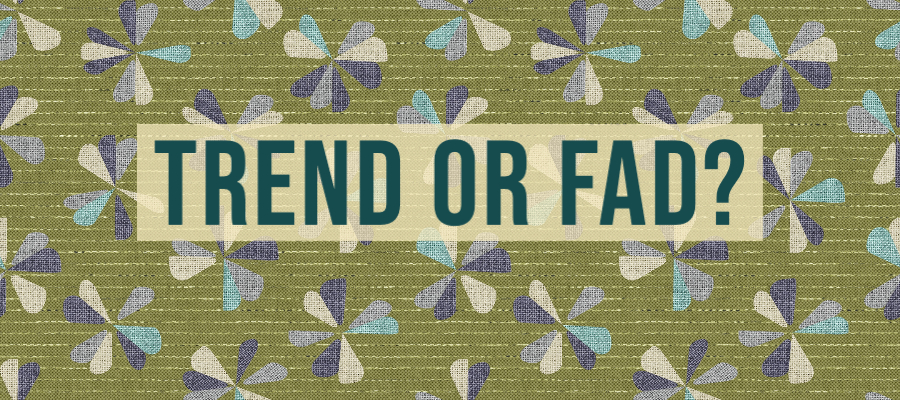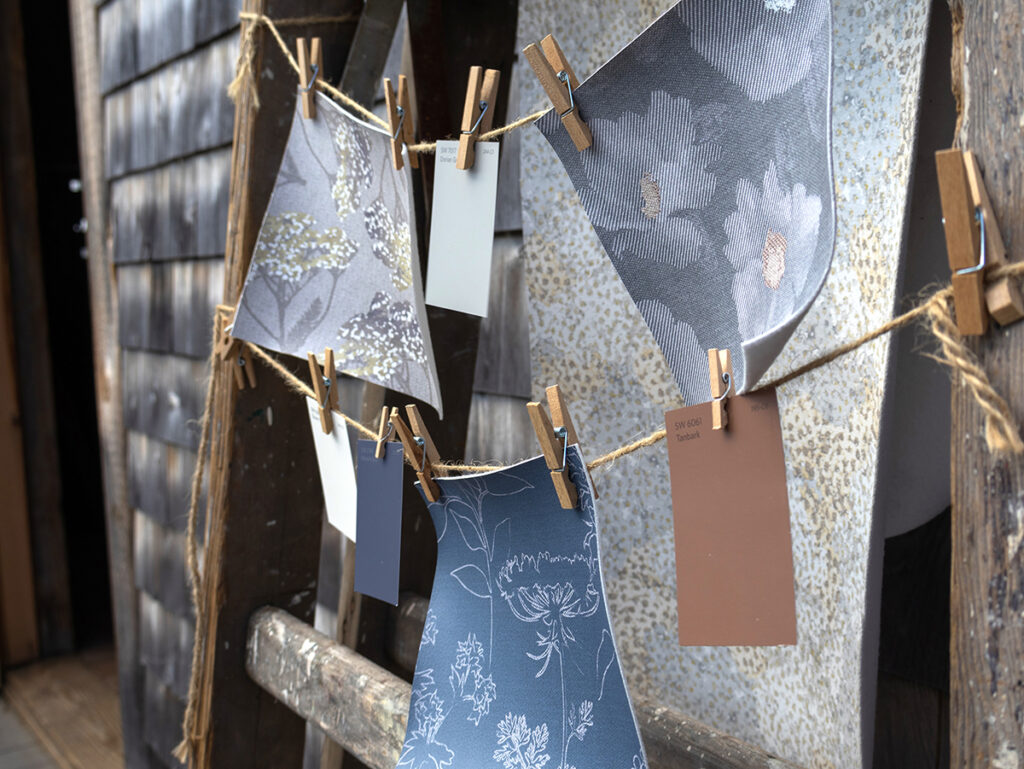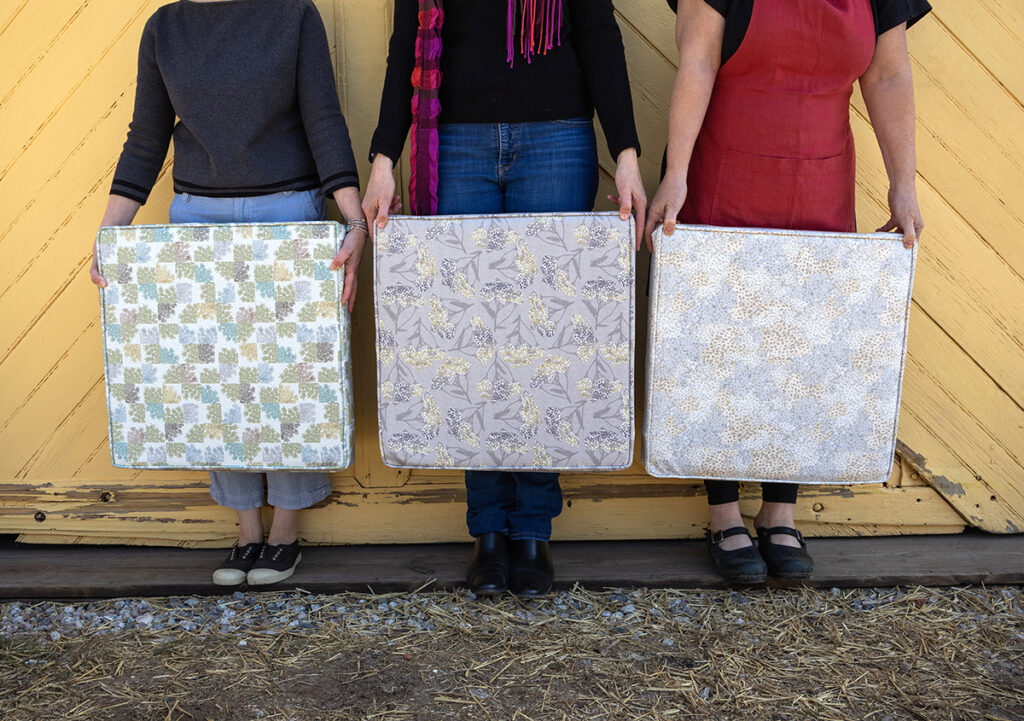
Trend or Fad? What’s the Difference?
In our series Talking Trends, we talk to designers in a range of industries, from contract textiles to finishes, to laminates. It’s fascinating to hear their perspective on what is trending, while at the same time, they are keenly aware of what’s a fad. That got us thinking about the difference between a trend and a fad.

What is the difference between a trend and a fad?
According to the Cambridge Dictionary, a trend is defined as “a general development or change in a situation or in the way that people are behaving.” On the other hand, a fad is “a style, activity, or interest that is very popular for a short period of time.”
Trends and fads influence all corners of our lives. The clothes we wear, the décor in our homes, the cars we drive, the art we experience, and even our core belief systems. Trends evolve more slowly over time and build gradually as opposed to coming and going. Many trends eventually lead to long-term change, with their popularity building over time. Trends also influence our culture broadly, beyond just an individual industry. You can think about trends as helping to solve problems. They gain power over time because they aren’t about a specific moment in time but the progression of time.
On the other hand, a fad comes and goes more quickly. They appear on the scene seemingly out of nowhere and take people by storm. Rather than taking root in the culture, though, fads fade as quickly as they appear. People embrace them and then move on to the next fad that comes on the scene. Fads don’t contribute lasting change to a culture and mostly show up in industries that can change and respond quickly.

Why is this important to brands & designers?
Brands and individual designers pay attention to both trends and fads. When designing products, designers focus on trends both in their industry and the broader culture. If a trend is moving forward in an industry, ignoring that trend will have you playing catch-up later. Fads, on the other hand, don’t always need to be acted upon, but you don’t want to seem irrelevant either. Knowing which fads are appropriate to react to can be a challenge but often a fun one. Remember the ALS ice bucket challenge from 2014? That’s a great example of a fad that’s easy to jump on and do some good. Fidget spinners, on the other hand, probably not so much.
Even with the usual slow progress of a trend, every now and then, something happens, stopping a trend in its tracks and forcing us all to pivot. In 2020, that something was the global COVID-19 pandemic. One event threw all of us into a wild experiment of remote working, remote learning, and social distancing. This event has triggered fads and will surely trigger bigger trends too. What will the long-term changes be from this experience? As a designer, how do you respond? It will be interesting to see.

What trends are important right now?
Up until now, a major trend in all the interviews in our Talking Trends series has been sustainability. Designers across industries are looking at the materials they use, their manufacturing processes, and the conditions of the people who make their products through the lens of sustainability. As this trend takes deeper root in the broader culture, it will be expressed differently in different industries.
If you’re curious about staying up on current trends, subscribe to our trendletter and have trends delivered right to your inbox each month.
Share this post
Author
DESIGN/COLOR TRENDS AND AWESOME INFORMATION IN YOUR INBOX
Sign up for our monthly trend letter




